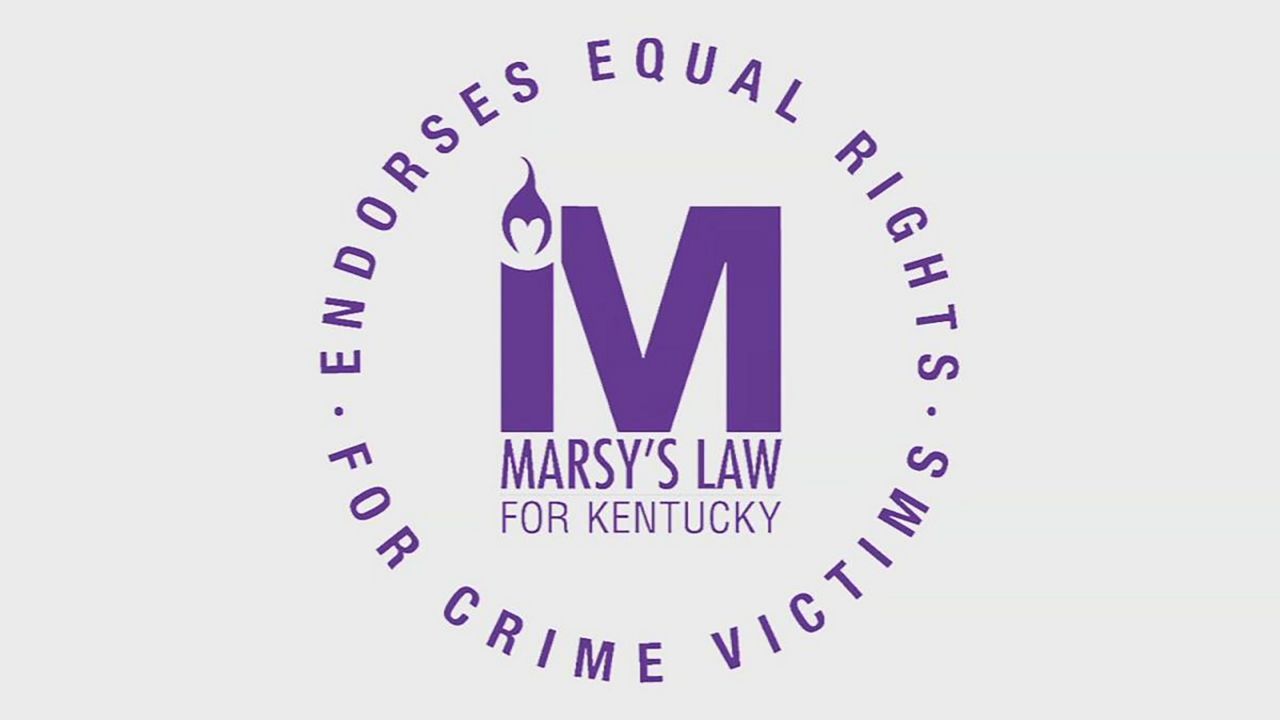ROWAN COUNTY, Ky. - Every year the Appalachian Regional Commission makes a list of distressed counties in that region. This year, they have listed 80 counties. Almost half of them are in Kentucky.
Nestled in the foothills of the Appalachian Mountains, Rowan County is home to about 24 thousand people.
While not a coal-producing county, Judge Executive Harry Clark says people there benefited from coal. "When the coal jobs started leaving us, the area, the region, it affects us as well. Anytime you mess with anything within a region, whether good or bad, it affects all the counties," Clark explained.
Dustin Pugel, a policy analyst with the Kentucky Center for Economic Policy, says that has kept eastern Kentucky with an unwelcome designation. "The fifth congressional district, so Hal Rogers' district in Eastern Kentucky is the third poorest district in the country. It's got the third highest rate of poverty."
Kentucky has 54 counties in Appalachia as defined by the Appalachian Regional Commission.
38 of them are distressed, meaning they fall into the bottom ten percent of the nation's counties when looking at the poverty rate, per capita income, and three-year unemployment average.
"In 2010, when the economy started going south, Rowan County went to an unemployment rate of about 10.5 percent. But because of our steady employers, that I call them, we recovered slowly from that, but we did recover from that, while our surrounding counties were effected by coal," Clark said.
Rowan County is the only Kentucky county that was downgraded for the current year.
Overall in Kentucky's Appalachian counties, while annual income went up by about $800, the poverty rate increased this year.
Rowan County is home to a hospital, two institutes of higher learning, and Morehead State's popular Space Science center, all which are located in Morehead.
Kathryn Engle, the director at the University of Kentucky's Appalachian Center says in Appalachia, the county seats are often doing well.
Engle explained, "I work in Stinking Creek in Knox County, and Barbourville is the county seat. And so there's quite a difference, even just within the county, of topography, of where the jobs are concentrated, kind of the general lay of the land. So, even within the county level, there are certain areas or cities that will get the resources."
Clark says a planned 60 acre greenhouse in the Sharkey community will help with that. "AppHarvest, the greenhouse, is planning on starting hiring in mid-summer next year, so it's not too far away. But you also have to consider the construction jobs that goes along with that, so we'll continue to get employment even when they're in the construction phase. 60 acre greenhouse, I don't know how all they're going to build it, but it's going to take a lot of people to build it."
Rowan County Representative Rocky Adkins (D-Sandy Hook) is also positive about the future, saying "The infrastructure's in place. Parts of the puzzle are in place. It's going to take that hard work and somebody getting up every day focused to put that puzzle together."
Clark agreed, but said infrastructure remains a concern, which is where he thinks being a distressed county will actually help.
Explaining his reasoning, Clark said, "It will help us reach out and do some broadband work that we desperately need. We've got some studies going on now. It will help us in many ways. Infrastructure, we're always worried about sewers and those kind of things. That's what distressed counties are eligible for, is assistance in some of this infrastructure stuff."
However, Engle warns against thinking broadband will be the cure-all for the region, comparing it to the push for first railroads and then the highway system. She said the "if you build it, they will come" idea doesn't work as well as some would hope.
She also says, a lot of the problems Rowan County and Appalachia face aren't unique to the region, but instead are the problems much of rural America is facing.










